Imagine someone searching for your business and finding negative comments or outdated information – not a great first impression. Online reputation management helps you make sure people see the whole story and everything in between.
Sounds interesting? Then keep reading because we will give you 10 proven strategies to make the most of your online reputation management.
Online Reputation Management: 10 Concepts & Best Practices You Should Know
As we look at each strategy, take note of the actionable steps you can implement to build a strong and positive reputation.
Audit Your Online Reputation
The first step is understanding where you stand. Here’s how to conduct an online reputation audit:
- Type your business name and variations (including location) into search engines. See what results come up first. Are there negative reviews buried deep in search results? Positive news articles at the top? This gives you a good idea of the general online perception. Make a list of everything you find.
- Many customers rely on review sites like Yelp or Google My Business. Check these sites for customer reviews. Identify trends – are they mostly positive, negative, or a mix? What are common themes in the feedback? This holds true for brick-and-mortar stores or onsite businesses that can create profiles on GMB. But for companies that operate in a different space altogether, like this cloud-based quality management software, things are a little different. They should focus on industry-specific review sites like Gartner, G2, or Capterra. These platforms are where potential customers go to compare and research software solutions.
- Look for customer sentiment about your brand on social media platforms and industry forums. Are people raving about your products? Airing out frustrations? Take note of these conversations. This tells you how well you are connecting with your audience online.
Build A Strong Online Presence
Now that you know where you stand, it is time to make a good impression online. Here’s how to strengthen your online presence:
- Make sure you already claimed business profiles on Google My Business, Facebook, and industry-specific directories. Fill out your profiles completely with accurate information and high-quality visuals. When you have a consistent brand identity, it makes you look professional and trustworthy.
This window-washing company is a perfect example of how well you can fill out your online profiles. They put effort into their GMB and Yelp. They are also using Google Posts to show their current offers directly on their Google Search and Maps listing. This keeps their profile fresh and engaging, driving more leads and conversions.
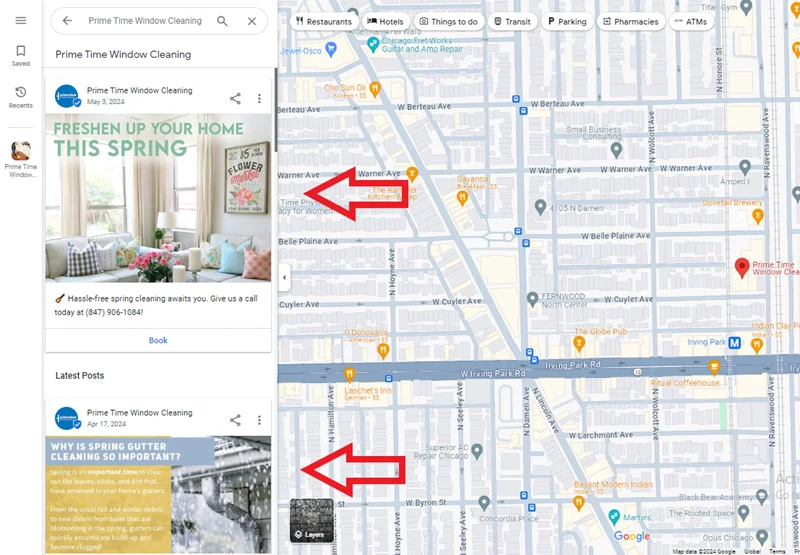
- People are drawn to engaging content. Regularly share informative and interesting content that resonates with your target audience. This could be blog posts, social media updates, or informative videos.
- Social media is a 2-way street. Don’t just post content – actively engage with your followers. Respond to comments and messages within 24 hours. Show your customers you care about their feedback and questions.
- Create profiles on job boards frequented by top talent. Look for platforms like Prosple that specialize in your industry or target a specific demographic. Fill out the complete company profile and discuss what makes your company a fun and rewarding place. You can even add videos to show what a typical workday is like for different roles in your company.
Use Social Listening Tools To Track Mentions Of Your Brand
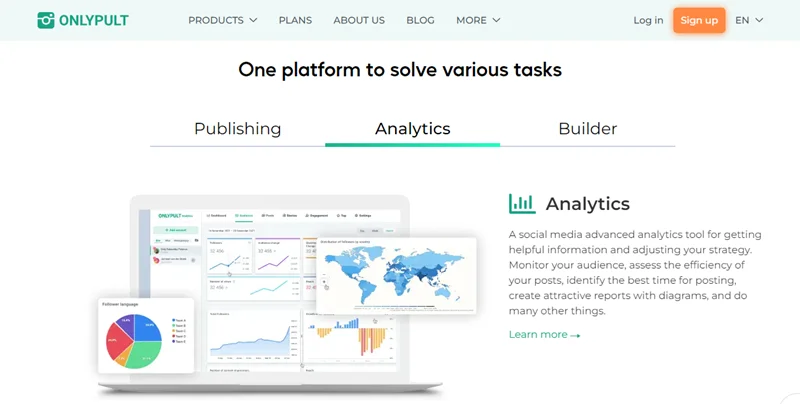
Social listening tools like Onlypult let you monitor what people are saying about your brand across social media platforms, news websites, and even blogs. Here’s how it works:
- Onlypult provides various engagement metrics for Twitter and Instagram, like search queries, accounts, and mentions.
- You can also filter out irrelevant words or phrases. This avoids information overload and helps you focus on the information that matters most to you.
- With Onlypult, you can discover which accounts are mentioning your business the most. Industry influencers? Potential customers? This helps you prioritize your engagement.
- You can see if there are trends in the conversations about your brand. Are there spikes in positive or negative mentions? This lets you identify potential issues early on.
Respond Promptly & Professionally To Negative Feedback
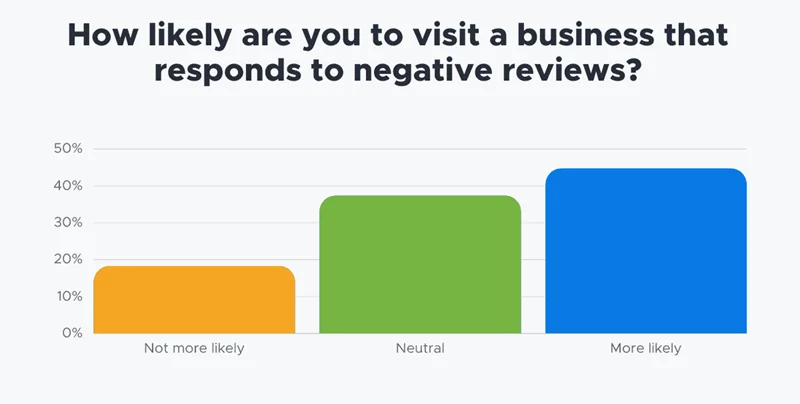
Negative feedback happens. But 45% of consumers say they are more likely to go to a business if it responds to negative reviews. Let’s see how you can handle it:
- The longer you wait to address a negative review, the worse it can appear. Aim to respond within 24 hours whenever possible.
- Validate the customer’s frustration. Show empathy and acknowledge the issue they raised. Even if you don’t agree with everything they say, a sincere apology goes a long way.
- Take ownership of the problem and offer an actual solution to fix it. This shows you are committed to making things right.
- Sometimes, mistakes happen. Be honest and transparent about what went wrong. This builds trust and shows you want to learn from your mistakes.
- For complex issues, try to move the conversation to a private message or email to avoid cluttering a public forum.
Encourage Satisfied Customers To Leave Positive Reviews
Happy customers are your most powerful marketing tool. Here’s how to turn them into online advocates:
- Simplify the review process. Include links to your review profiles on your website, email receipts, or social media pages. The easier it is for customers to leave a review, the more likely they are to do it.
- Ask at the right time. Send a polite email or message requesting a review shortly after a positive customer experience. This jogs their memory and makes leaving a review convenient.
- Consider offering small discounts or rewards for leaving reviews. This can be a nudge in the right direction, but be sure it doesn’t feel like a bribe for inauthentic reviews.
- Thank customers who take the time to leave a review, both positive and negative. This shows you value their feedback.
- Hire independent review sites for unbiased feedback. This is especially helpful if you work in a niche where it is hard to get reviews the traditional way. For instance, if you sell products for seniors, the direct user might not be the one making the purchase decision (often their loved ones) and may not be comfortable or familiar with leaving online reviews. In this case, you can partner with independent review sites like MedicalAlertBuyersGuide which can provide real user testing and feedback for senior-focused products.
Use SEO To Promote Positive Content & Push Down Negative Content
When your ideal customer is searching for your business online, you want them to find positive content about you first. Search Engine Optimization (SEO) helps you increase the chances of positive reviews and articles appearing on the first page of search results.
This pushes down negative content and ensures potential customers see the best side of your business first.
Here’s how to use it to your advantage:
- Create high-quality content that proves you are an expert. This could be blog posts, articles, helpful guides, or informative videos. The more valuable your content, the more likely people are to trust you. If you don’t have expertise in content creation, partner with specialized agencies like SIXGUN. They can help you develop engaging content across various formats and distribute it effectively online.
- Use SEO tools like Semrush or Ahrefs to discover relevant keywords with good search volume. Ideally, keep the keyword difficulty (KD) as low as possible, but if that’s not the case, aim for KD 31-60, this range strikes a good balance.
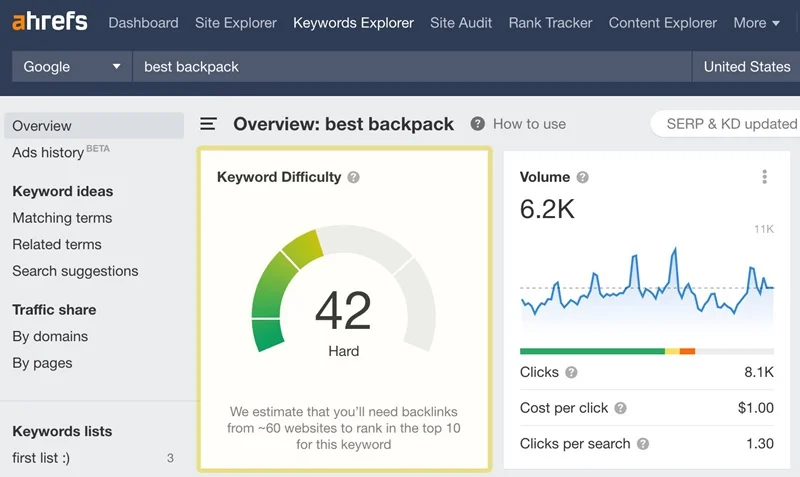
- Now add these keywords naturally throughout your website and other content: website page titles, meta descriptions, headings (like H1, H2 tags), and throughout the body text itself. Don’t stuff keywords unnaturally, prioritize readability.
- Add positive reviews and testimonials to your website and social media profiles. Make them easy to find. People trust their peers, so seeing happy customer experiences builds confidence in your brand.
- Pursue backlinks from industry publications, influencers, or relevant websites. When reputable websites link to your content, it tells search engines your content is valuable. The more high-quality backlinks you have, the higher your content ranks in search results.
Create & Maintain A Consistent Brand Image & Messaging
Your brand image is the personality you project online. It is everything from your logo and colors to the tone of voice you use in your content. Here’s how to ensure consistency:
- Take a step back and define your brand identity. What are your core values? What personality traits does your brand have? Are you playful and quirky, or professional and sophisticated? Knowing your brand essence helps you create consistent messaging across all platforms.
- Develop a consistent visual style for your brand. Use the same logo, color scheme, and fonts across your website, social media profiles, and marketing materials. A polished and consistent look makes your brand easily identifiable online.
- Your brand voice is the tone in which you communicate. Are you friendly and informal, or informative and authoritative? Whatever your style, maintain a consistent voice across all your online content. This creates a sense of familiarity and trust with your audience.
- Create a brand style guide outlining your brand voice, visual identity (colors, fonts, logos), and messaging. This ensures everything you post online feels like part of a cohesive whole.
Collaborate With Influencers & Brand Ambassadors
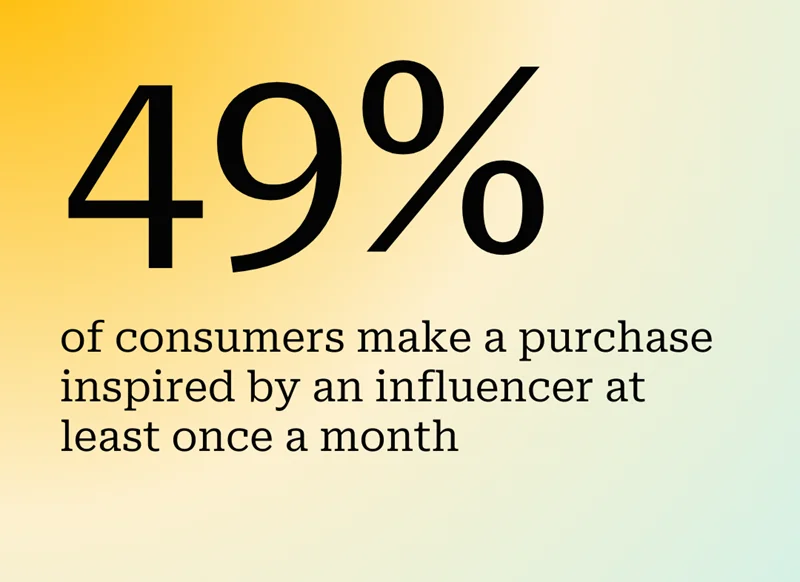
49% of consumers purchase products based on influencers’ posts. Why? Because people see brands as trustworthy when someone they admire or follow endorses them. Plus, influencers create content that connects with their audience. This makes the brand appear more relatable and desirable. It is this combination that builds a positive brand reputation.
- Choose influencers and brand ambassadors whose target audience overlaps with yours and whose values match your brand. Consider fit and engagement rates over follower count.
- Work collaboratively to create engaging content that shows your brand in a positive light. Let the influencer’s unique voice shine through, but make sure the content aligns with your overall brand message.
- Create informative and entertaining content that goes beyond just promoting your product or service.
- Track the results of your influencer collaboration. See how it impacts your brand mentions, website traffic, and even sales.
Now choosing the right influencer is so important that we have to come back to reemphasize it. Get this step wrong and all your efforts could be wasted. For instance, imagine this bargain flight tickets portal teaming up with a makeup influencer like Katie Jane Hughes or Hindash.
While they are hugely popular, their audience is interested in beauty products and tutorials. A campaign featuring them talking about finding budget flights would fall flat. It wouldn’t resonate with their audience and could even damage the influencer’s reputation for authenticity.
A much better fit would be travel influencers like Gareth Leonard or Murad Osmann. Their audience is already passionate about exploring new destinations. So partnering with them would make more sense. Their followers will clearly see the connection and you will reach the right people while making the most of your influencer marketing efforts.
Develop A Crisis Management Plan
Even the most careful businesses can face unexpected situations that threaten their online reputation. A crisis management plan helps you handle difficult situations and minimize damage to your reputation. Here’s how to create one:
- While you can’t predict the future, you can anticipate potential problems. Imagine the worst-case scenarios that could impact your reputation – product malfunction, customer service mishap, data breach.
- Develop a clear communication strategy on how you will address each situation. What will you say? How will you say it? Will you issue a press release or post on social media? Having a plan saves time during a crisis.
- Identify a key spokesperson who will represent your company during a crisis. This person should be media-savvy and comfortable communicating under pressure. Train them on how to deliver clear and concise messages.
- Develop pre-written templates for social media posts or press releases. This lets you respond quickly during a crisis, without scrambling to write everything from scratch.
Get Help From The Experts
If you don’t have the time or staff to dedicate to online reputation management, a specialized company can take that burden off your shoulders. They know all the tricks of the trade and use online reputation management tools to monitor and build a positive online reputation.
Here’s how you can pick the right company:
- Look for a company with a proven track record in your industry. Research their past work and see if they successfully managed similar challenges for businesses like yours.
- Get quotes from several companies and compare pricing structures. Review contracts carefully and understand the terms of service.
- Choose a company that clearly explains its process and keeps you informed throughout the engagement.
- It is important to pick a company you feel comfortable working with. Schedule consultations with different companies to assess their communication style and company culture.
- Inquire about the online reputation management software they use to monitor online conversations and analyze sentiment.
- Talk to other businesses in your industry. See if they use a reputation management company and, if so, get their honest feedback on their experience.
- Check out reviews and testimonials from past clients of the reputation management companies you are considering.
How Can Onlypult Help You With Your Online Reputation Management
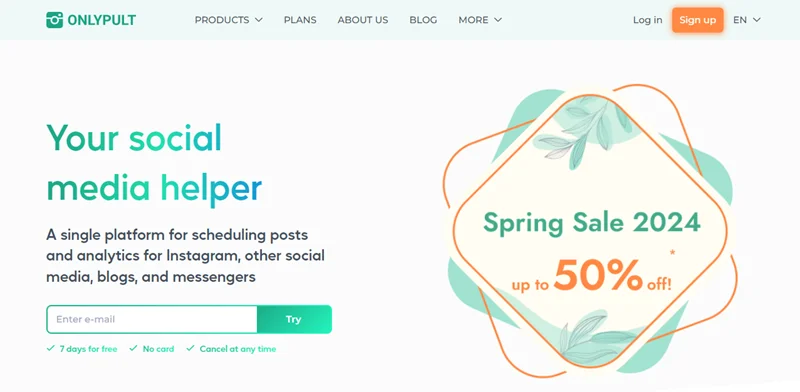
Onlypult is a comprehensive solution for businesses and individuals who want to streamline their social media marketing efforts. It helps you schedule posts, manage multiple accounts, and track your social media analytics across various platforms like Instagram, Facebook, and even blogs.
- Scheduling posts: Plan your social media content and schedule them to be published automatically at the best times.
- Manage multiple accounts: Easily switch between and manage all your social media accounts from a single platform.
- Content creation and editing: Upload photos and videos directly and edit them within Onlypult before scheduling them for posting.
- Analytics: Track the performance of your social media posts and gain insights into your audience engagement.
- Team collaboration: Give your team access to manage your social media presence without sharing your individual social media logins.
Conclusion
Online reputation management doesn’t mean controlling everything or hiding negative feedback. It is about putting your best foot forward and taking responsibility for the information that is out there. Be proactive about building a positive online reputation but don’t exaggerate. Paint a clear and positive picture of who you are and what you offer.
Managing multiple social media platforms and consistently putting out high-quality content can be time-consuming. Onlypult can help. With it, you can schedule consistent, high-quality content across all your social media platforms.
This helps you build brand recognition and trust with your audience. Plus, Onlypult’s analytics features let you track your content’s performance and see what resonates most with your followers. Contact us today and see how we can help improve your business.




